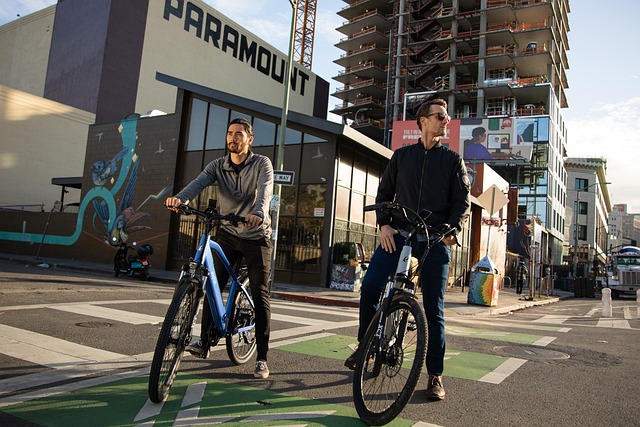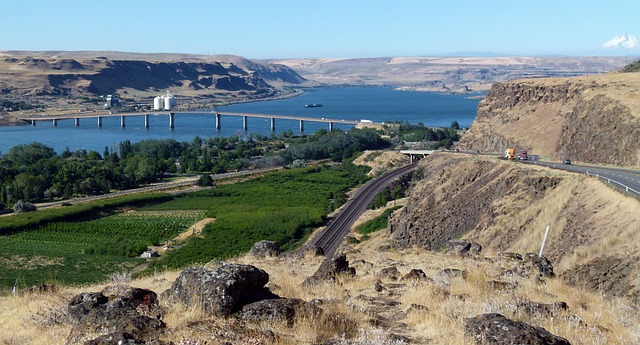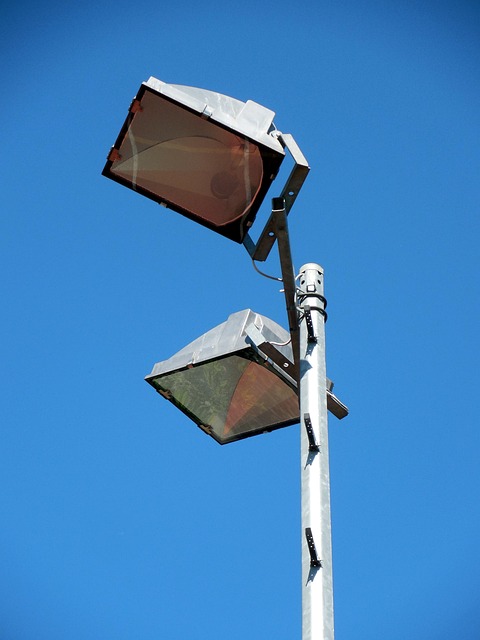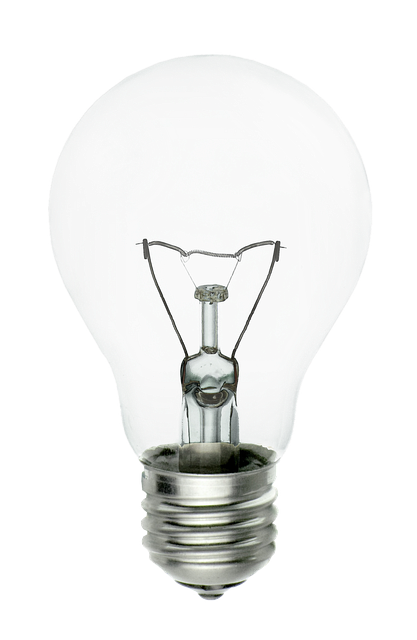Eugene, Oregon, is a pioneer in sustainable energy, leveraging its natural advantages for a diverse clean energy portfolio. Wind power, driven by strong valley winds, has led to multiple large-scale farms around the city. Solar energy, aided by abundant sunlight, is also extensively utilized. Local government initiatives promote energy efficiency and sustainable practices. Eugene's wind power efforts have significant environmental and economic benefits, reducing carbon emissions and setting a global example. Community engagement, regulatory support, and financial incentives have facilitated this success story, positioning Eugene as a leader in renewable energy development.
“Explore Eugene, Oregon’s journey towards sustainable energy planning with a focus on wind power. This article delves into the city’s unique energy landscape, highlighting the potential of wind as a key component in its green future. We examine the benefits and challenges of implementing wind energy, from technological advancements to community acceptance.
By exploring regulatory frameworks and incentives, we uncover strategies that drive growth. Additionally, we gaze into future prospects, uncovering innovations poised to shape Eugene’s sustainable energy destiny through wind power.”
- Understanding Eugene Oregon's Energy Landscape
- The Role of Wind Power in Sustainable Planning
- Benefits and Challenges of Implementing Wind Energy
- Community Engagement and Acceptance
- Regulatory Framework and Incentives for Wind Projects
- Future Prospects: Innovations and Growth Strategies
Understanding Eugene Oregon's Energy Landscape

Eugene, Oregon, boasts an impressive commitment to sustainable energy practices, with a diverse mix of renewable resources powering its growing city. The region’s energy landscape is characterized by a strong focus on wind power, leveraging the consistent and robust winds that blow through the Willamette Valley. This natural advantage has led to the development of several large-scale wind farms in the surrounding areas, contributing significantly to the city’s clean energy portfolio.
Beyond wind, Eugene also embraces solar energy, with numerous rooftop installations across residential and commercial properties. The city’s strategic location offers ample sunlight, making it an ideal environment for harnessing solar power. Additionally, local government initiatives promote energy efficiency programs, ensuring that residents and businesses alike adopt sustainable practices to reduce overall energy consumption.
The Role of Wind Power in Sustainable Planning

In the pursuit of sustainable energy planning, Eugene, Oregon, has explored various renewable sources, and wind power stands out as a significant contributor to this initiative. The city’s strategic utilization of wind energy reflects its commitment to reducing carbon emissions and transitioning towards a greener future. With vast open spaces and consistent wind patterns, Eugene has leveraged these natural resources to harness clean electricity.
The implementation of wind power in the region offers multiple environmental and economic benefits. Wind turbines, strategically placed, can generate substantial amounts of energy while minimizing land use. This sustainable approach not only reduces the city’s reliance on non-renewable sources but also contributes to a diverse and resilient energy portfolio. Eugene’s focus on wind power is a step towards a more sustainable and environmentally conscious future, setting an example for other communities to follow in the world of renewable energy planning.
Benefits and Challenges of Implementing Wind Energy

Implementing wind energy in Eugene, Oregon presents a promising avenue for sustainable power generation, offering numerous environmental and economic benefits. Wind power is a renewable resource that significantly reduces carbon emissions, contributing to global efforts to combat climate change. The consistent and abundant wind resources in many regions make it a viable alternative to fossil fuels, potentially lowering energy costs over time. Moreover, wind farms can be designed with minimal impact on landscapes, providing an aesthetically pleasing solution while powering local communities.
However, challenges accompany the integration of wind energy. Variability in wind speed can make it an intermittent source of power, requiring backup energy systems or improved grid flexibility to ensure a stable energy supply. Additionally, wind turbines generate noise and visual impacts, which may raise community concerns regarding their acceptance and siting. Navigating these challenges requires careful planning, including thorough environmental assessments and community engagement to address potential issues, ensuring a harmonious balance between renewable energy development and local needs.
Community Engagement and Acceptance

In the planning process for sustainable energy, especially with ambitious goals like adopting wind power on a community scale in Eugene, Oregon, active and inclusive Community Engagement is paramount. This involves fostering open dialogue between local governments, energy providers, and residents to ensure everyone understands the benefits and potential impacts of new initiatives. By encouraging public participation through town halls, surveys, and online forums, stakeholders can address concerns, dispel myths, and build consensus around projects like wind power farms or solar array installations. Such engagement not only strengthens community acceptance but also ensures that energy planning aligns with the needs and aspirations of local residents.
Acceptance of new energy technologies, particularly renewable sources like wind power, can be significantly influenced by community education and involvement. By providing accessible information on how wind turbines operate, their environmental and economic benefits, and potential visual impacts, communities can make informed decisions. Active engagement strategies, such as hosting workshops or hosting virtual reality demonstrations, allow residents to envision the future of their area with clean energy sources like wind power integrated seamlessly into the landscape. This collaborative approach fosters a sense of ownership among community members, increasing the likelihood of successful implementation and long-term support for sustainable energy initiatives.
Regulatory Framework and Incentives for Wind Projects

Eugene, Oregon, has been proactive in embracing sustainable energy practices, and wind power is a significant part of its strategy. The region’s regulatory framework encourages the development of wind projects through various incentives and policies. Local authorities have implemented guidelines that streamline permitting processes for wind farm installations, making it easier for developers to bring these projects to fruition. These regulations also prioritize environmental protection, ensuring that wind power facilities are constructed with minimal ecological disruption.
The state of Oregon offers substantial financial incentives to promote the adoption of wind energy. Tax credits and grants are available for both residential and commercial-scale wind projects, making them more economically viable. Additionally, net metering policies enable wind farm owners to sell excess electricity back to the grid, providing a revenue stream and encouraging further investment in renewable energy infrastructure. These measures have contributed to Oregon’s growing reputation as a leader in sustainable energy planning, with Eugene being a prime example of how regulatory support and incentives can drive the successful integration of wind power.
Future Prospects: Innovations and Growth Strategies

Eugene, Oregon, is poised for a bright future in sustainable energy planning, with a particular focus on harnessing renewable resources like wind power. The city’s strategic growth strategies involve integrating cutting-edge technologies to maximize clean energy production while minimizing environmental impact. By leveraging advancements in wind power, Eugene aims to reduce its carbon footprint and set an example for eco-friendly urban development.
Local initiatives include exploring smart grid systems and implementing efficient energy management practices across various sectors. These measures not only promote the adoption of sustainable energy sources but also foster innovation and create new economic opportunities. With a dedicated approach to research and development, Eugene is well on its way to becoming a leader in green energy solutions, attracting investors and experts alike who share its commitment to a sustainable future.














